Introduction: Understanding Dental Health
What standards do we use to measure our dental health? Which characteristics signify healthy teeth? How can we maintain a proper oral care routine to protect our dental well-being? This article will explore these questions in detail, shedding light on the essential aspects of achieving and maintaining a healthy smile.
Six Markers of Healthy Teeth
To be classified as “healthy teeth,” the following six criteria should ideally be met:
1. No Twists or Deviations
Healthy teeth should not display any significant twists. Straightness is key for proper alignment and function.
2. Excellent Alignment
Teeth should form a smooth, harmonious curve when viewed in a dental arch, reflecting good alignment.
3. Proper Axial Inclination
The axial inclinations of teeth should be optimal, facilitating a natural bite and preventing undue stress on dental structures.
4. Harmonious Occlusion
The relationship between the upper and lower arches must be well-coordinated, ensuring efficient biting and chewing during daily activities.
5. Close Contact Without Gaps
Teeth should fit closely together without any noticeable gaps. This contact is vital for maintaining oral health and preventing food accumulation.
6. Balanced Crown Angles
The crowns of the teeth must possess a healthy tilt, both buccally and lingually, contributing to effective functionality and aesthetics.

Four Essential Strategies for Protecting Dental Health
Implementing these strategies will fortify your oral health and keep your smile radiant.
1. Daily Brushing Ritual: The Three-Three Method
Establish a daily ritual consisting of brushing your teeth three times a day, with each session lasting at least three minutes. Hold the toothbrush at a 45-degree angle against the tooth surface, employing gentle circular motions to cover each tooth. It’s crucial to avoid aggressive scrubbing or horizontal brushing, which can harm dental structures and gum tissue.
2. Choose the Right Toothbrush and Toothpaste
Toothbrush: Opt for oral hygiene-approved toothbrushes that effectively clean without damaging enamel or periodontal tissues. A good toothbrush features a small head for maneuverability, soft bristles with rounded tips to protect gums, and a design that allows for easy rinsing and cleaning. Electric toothbrushes may also be beneficial, as their vibrations can enhance blood circulation in the gums.
Toothpaste: Select fluoride toothpaste that possesses repair functions, particularly those containing free fluoride that directly targets tooth surfaces. Such formulations are particularly effective for repairing microfractures in enamel and preventing bacterial infiltration.
3. Incorporate “Dental-Friendly Foods”
A diet rich in high-fiber foods such as vegetables, whole grains, and fruits is advantageous for dental health. Additionally, consuming calcium-rich foods like dairy products, eggs, and meats can contribute to stronger teeth. It is advisable to limit sugary snacks, especially during early childhood, favoring foods that encourage natural chewing, such as celery, cabbage, spinach, and seaweed, to promote jaw development and maintain proper alignment.
4. The Importance of Professional Cleanings
Regular dental cleanings, which often utilize ultrasonic tools, are essential for removing plaque and tartar buildup. This procedure, commonly referred to as “cleaning teeth,” is pivotal in preventing periodontal disease. It is critical to understand that brushing alone cannot eliminate all bacterial colonies forming on tooth surfaces, especially in hard-to-reach areas. If not addressed, these colonies can quickly evolve into tartar, leading to gingivitis and more severe periodontal issues.
Conclusion: The Path to Dental Wellness
Maintaining dental health requires a comprehensive approach that combines daily practices with periodic professional care. By adhering to the outlined standards and protective methods, you can secure a bright and healthy future for your teeth.

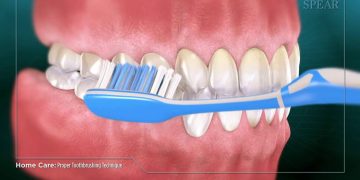
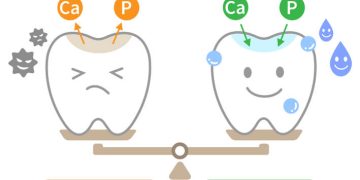
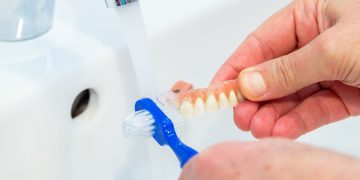




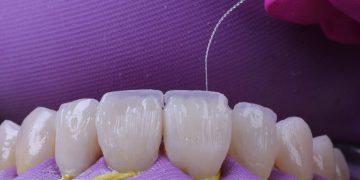
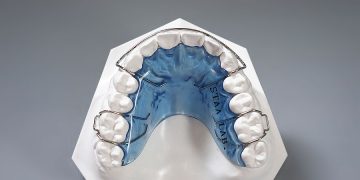

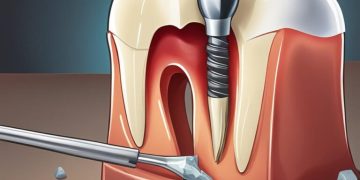













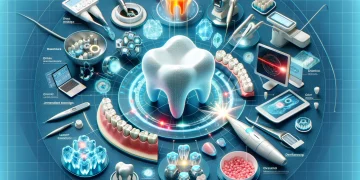



















Discussion about this post